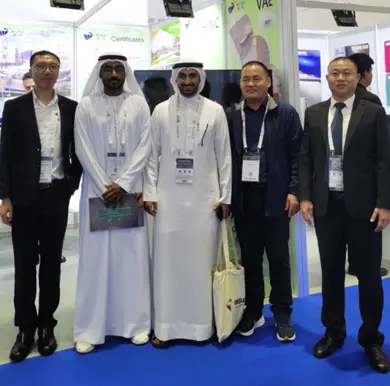
des . 04, 2024 15:51 Back to list
hpmc viscosity grades
Understanding HPMC Viscosity Grades A Key to Optimal Performance
Hydroxypropyl Methylcellulose, commonly known as HPMC, is a versatile, non-ionic cellulose ether widely used in various industries due to its unique properties. One of the critical characteristics of HPMC is its viscosity, which plays a vital role in determining its performance in different applications. Understanding the various viscosity grades of HPMC is essential for manufacturers and formulators to optimize their products for specific uses.
What is HPMC?
HPMC is derived from cellulose, a natural polymer obtained from plant cell walls. Its modification allows for enhanced solubility in water, providing a range of functional benefits. HPMC is used in pharmaceuticals, food products, cosmetics, and construction materials, among other applications. Its properties include thickening, binding, film-forming, and emulsifying capabilities, making it a popular choice in formulation chemistry.
Viscosity Grades of HPMC
The viscosity of HPMC is defined primarily by its molecular weight and the degree of substitution (DS). Viscosity grades are typically classified based on the Brookfield viscosity measured in cps (centipoise) at a specific concentration (usually 2% in water). A higher viscosity grade corresponds to a higher molecular weight, which results in thicker solutions. Common grades include low, medium, and high viscosity, ranging from about 3,000 to 150,000 cps and beyond.
1. Low Viscosity HPMC Low viscosity grades, typically ranging from 3,000 to 10,000 cps, are often used in applications requiring quick dissolution and low thickening effects. These grades are ideal for use in pharmaceuticals for controlled-release formulations or in food products where a thinner consistency is desirable.
hpmc viscosity grades

2. Medium Viscosity HPMC These grades generally fall between 10,000 and 50,000 cps. They provide a balanced viscosity and are widely used in various applications, including coating solutions, cosmetic formulations, and personal care products. Medium viscosity HPMC strikes a good balance between workability and performance.
3. High Viscosity HPMC High viscosity grades, ranging from 50,000 to over 100,000 cps, are suitable for applications requiring significant thickening and gelling properties. These grades are commonly used in construction products such as tile adhesives, as they provide improved adhesion and workability. Additionally, they are found in more advanced pharmaceutical applications where substance retention and controlled delivery are crucial.
Choosing the Right Viscosity Grade
Selecting the appropriate HPMC viscosity grade depends on several factors, including the intended application, desired consistency, processing conditions, and final product characteristics. Formulators must consider the interaction of HPMC with other components in the formulation, as well as factors like pH, temperature, and shear rates, to ensure optimal performance.
It is crucial to conduct thorough testing with different grades of HPMC to identify the grade that meets the specific needs of the formulation. In doing so, parameters such as stability, viscosity changes over time, and the potential impact on the overall formulation must be assessed.
Conclusion
HPMC is an essential ingredient across various industries due to its diverse viscosity grades. Understanding the different viscosity levels allows manufacturers to tailor their products for maximum effectiveness and performance. By carefully considering the application requirements and the properties of each viscosity grade, formulators can achieve ideal results, leading to improved product quality and customer satisfaction. As research continues to advance in the field of cellulose derivatives, the applications and importance of HPMC will likely expand, solidifying its position as a fundamental component in modern formulations.
-
tile-bonding-additives-for-stronger-bonds
NewsAug.22,2025
-
construction-grade-rdp-for-wholesale-needs
NewsAug.22,2025
-
trusted-wholesale-hec-partners
NewsAug.22,2025
-
hec-solutions-for-industrial-excellence
NewsAug.22,2025
-
construction-additives-need-hpmc-essentials
NewsAug.22,2025
-
hpmc-versatile-cellulose-ether-for-industries
NewsAug.22,2025







